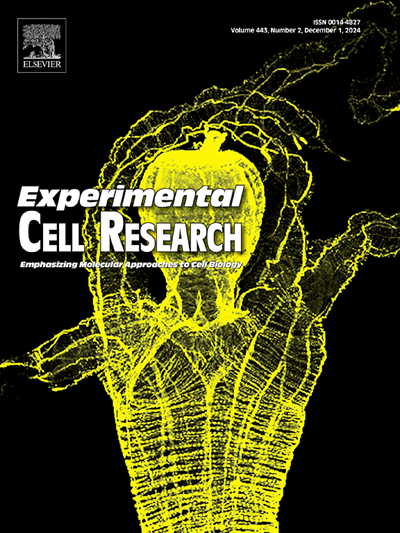Interactions between lncRNAs and cyclins/CDKs complexes; key players in determining cancer cell response to CDKs inhibitors
IF 3.3
3区 生物学
Q3 CELL BIOLOGY
引用次数: 0
Abstract
Transcription takes place over a significant portion of the human genome. However, only a small portion of the transcriptome, roughly 1.2 %, consists of RNAs translated into proteins; the majority of transcripts, on the other hand, comprise a variety of RNA families with varying sizes and functions. A substantial portion of this diverse RNA universe consists of sequences longer than 200 bases, called the long non-coding RNA (lncRNA). The control of gene transcription, changes to DNA topology, nucleosome organization and structure, paraspeckle creation, and assistance for developing cellular organelles are only a few of the numerous tasks performed by lncRNA. The main focus of this study is on the function of lncRNA in controlling the levels and actions of cyclin-dependent kinase inhibitors (CDKIs). The enzymes required for the mitotic cycle's regulated progression are called cyclin-dependent kinases (CDKs). They have many degrees of regulation over their activities and interact with CDKIs as their crucial mechanisms. Interestingly, culminating evidence has clarified that lncRNAs are associated with several illnesses and use CDKI regulation to control cellular function. Nonetheless, despite the abundance of solid evidence in the literature, it still seems unlikely that lncRNA will have much of an impact on controlling cell proliferation or modulating CDKIs.
求助全文
约1分钟内获得全文
求助全文
来源期刊

Experimental cell research
医学-细胞生物学
CiteScore
7.20
自引率
0.00%
发文量
295
审稿时长
30 days
期刊介绍:
Our scope includes but is not limited to areas such as: Chromosome biology; Chromatin and epigenetics; DNA repair; Gene regulation; Nuclear import-export; RNA processing; Non-coding RNAs; Organelle biology; The cytoskeleton; Intracellular trafficking; Cell-cell and cell-matrix interactions; Cell motility and migration; Cell proliferation; Cellular differentiation; Signal transduction; Programmed cell death.
 求助内容:
求助内容: 应助结果提醒方式:
应助结果提醒方式:


